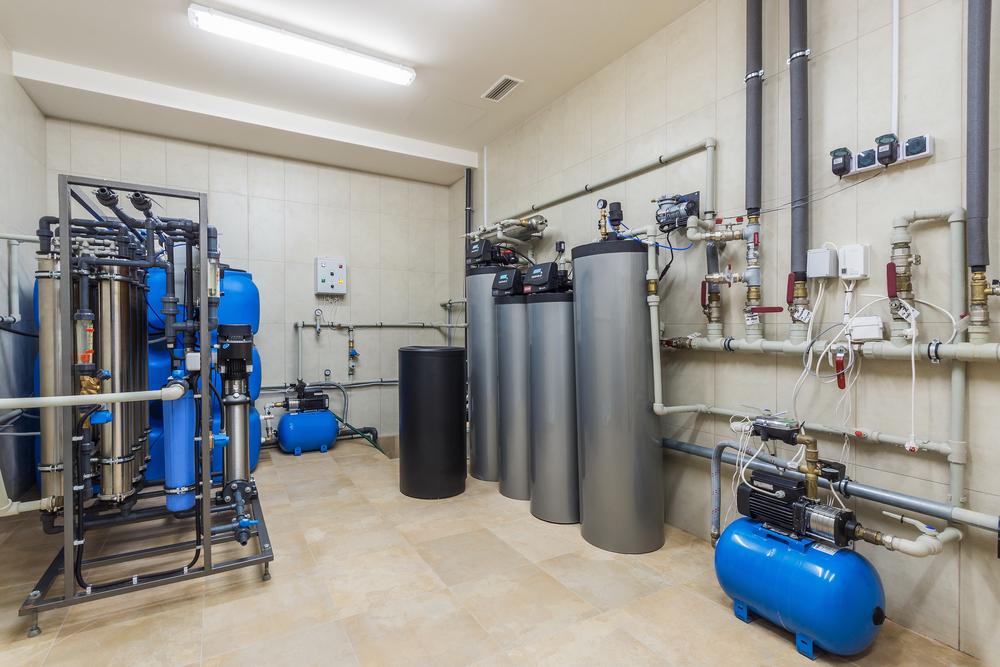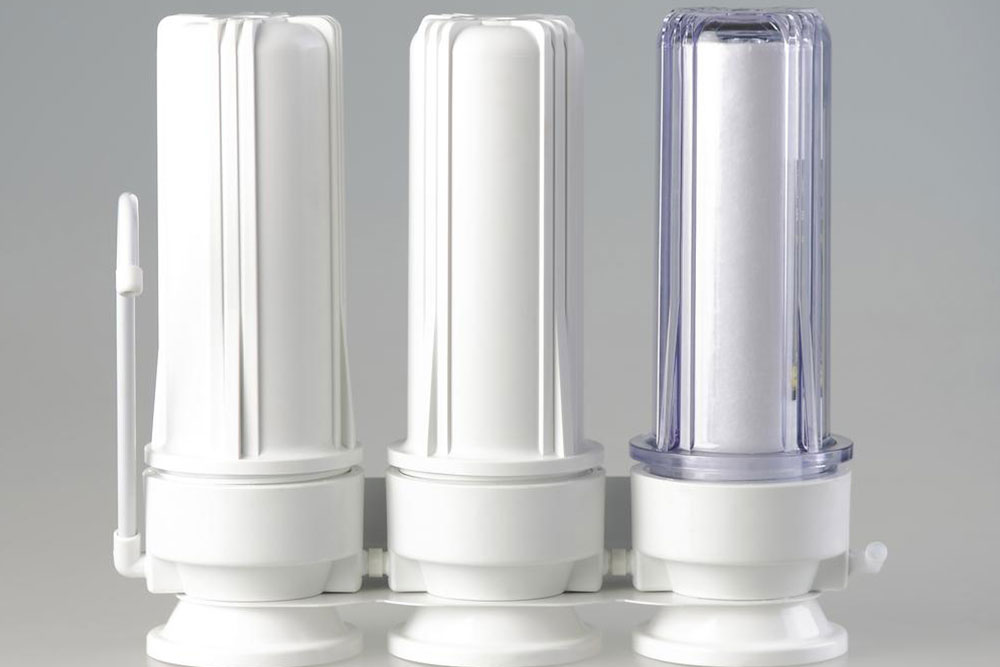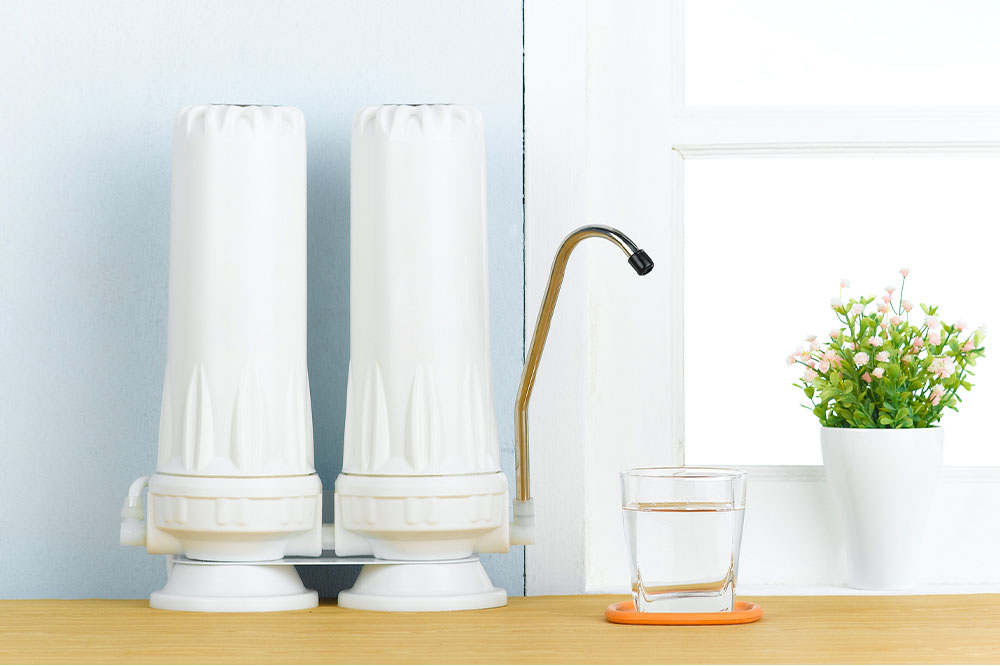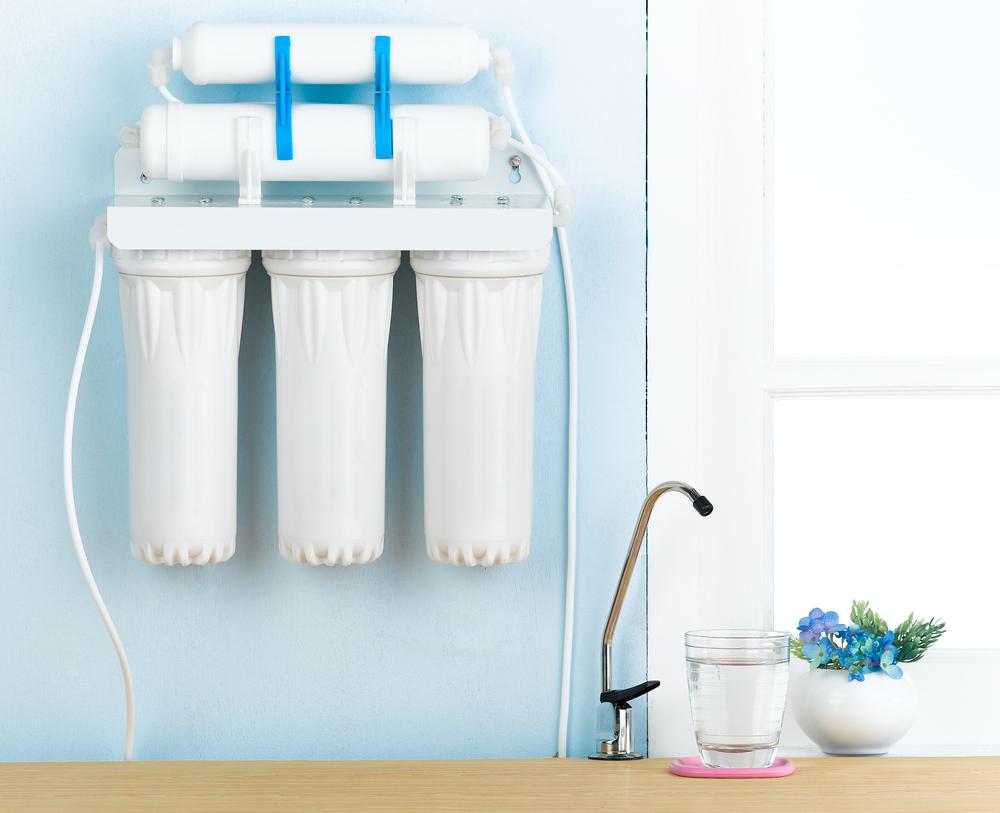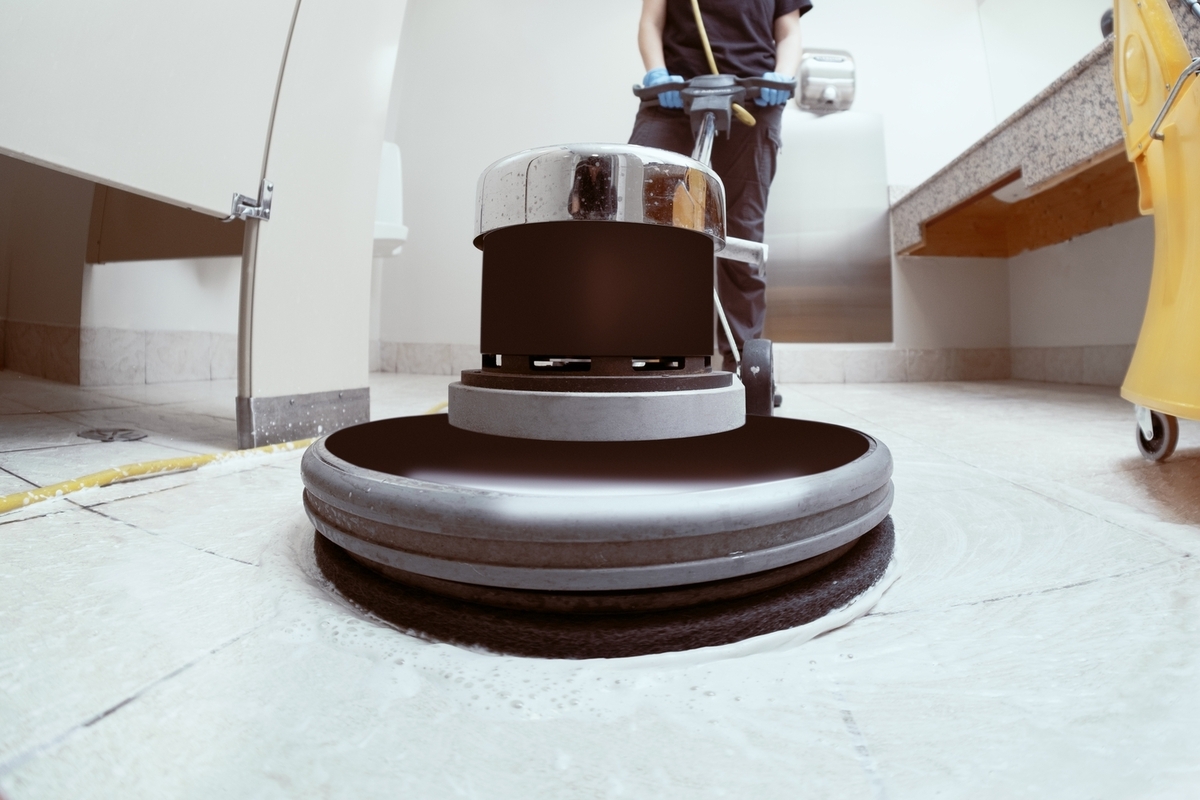Innovative Methods for Urban Water Treatment and Supply
Discover comprehensive insights into urban water treatment and distribution systems. Learn how municipalities ensure water safety through processes like coagulation, filtration, and disinfection. This overview highlights the journey of water from source to tap, emphasizing the importance of modern treatment methods for delivering clean drinking water to households.
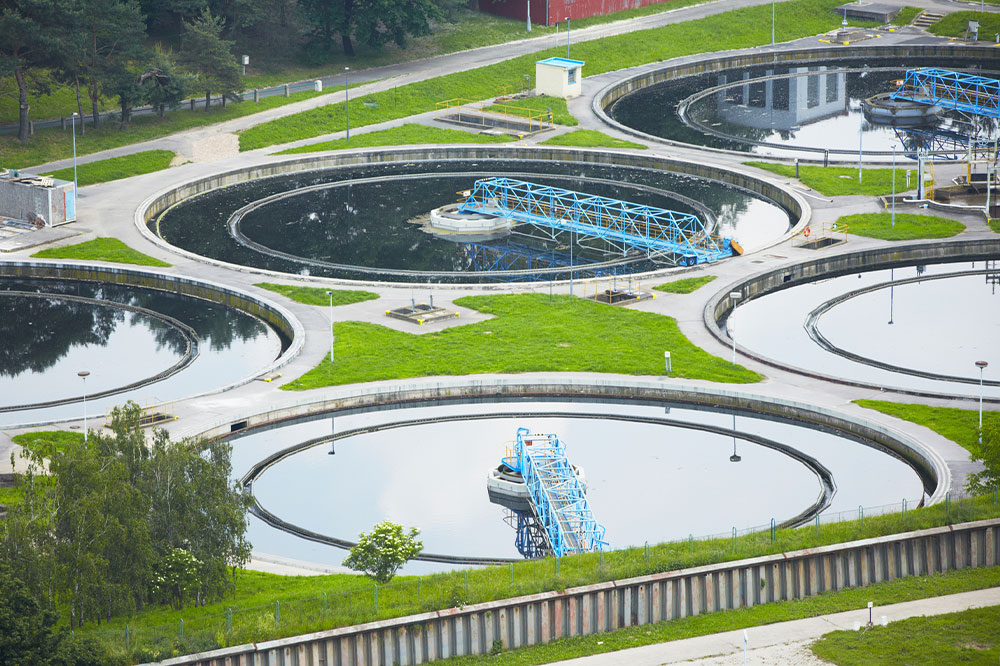
Advanced Techniques in Urban Water Treatment and Distribution
Ensuring access to safe, reliable, and clean drinking water is a fundamental right. While most citizens assume their water is plentiful and safe, issues like supply shortages and contamination highlight the importance of understanding water treatment processes. This article covers the sources of water, distribution systems, and the standard procedures used to ensure water quality for households.
Water Sources
Before consuming water, consider its journey. The process begins at sources such as wells, rivers, lakes, and reservoirs. Groundwater is accessed via wells, while surface water is collected from rivers, lakes, or reservoirs. Municipal systems draw water from these sources and treat it before it reaches consumers through extensive underground pipelines.
Once used, water travels through sewer systems to wastewater treatment facilities. Here, water undergoes cleaning processes to remove pollutants before being safely released back into the environment.
Water Treatment Methods
Both surface and groundwater are vulnerable to contaminants such as pesticides, heavy metals, and organic waste. To meet safety standards, water treatment involves multiple stages to eliminate pathogens and harmful chemicals, ensuring tap water is safe for consumption.
Essential Water Treatment Processes
Although practices vary by location, these core steps are universally implemented:
Coagulation
Chemicals like aluminum or iron salts are added to neutralize charges of dissolved particles and dirt, causing them to clump together for easier removal.
Flocculation
Gentle mixing encourages particles to form larger clusters—flocs—that are easier to separate from water. Chemicals may be added to accelerate this process.
Sedimentation
The formed flocs settle at the bottom due to gravity, allowing clearer water to be extracted from the top.
Filtration
Water passes through filters made of sand, charcoal, and gravel, removing residual pathogens, chemicals, and odors. Some plants use ultrafiltration membranes to achieve higher purity levels.
Disinfection
The final purification stage involves adding disinfectants like chlorine or using ultraviolet light to eliminate remaining bacteria and viruses. Fluoridation is also performed to improve taste and dental health while reducing pipe corrosion.
Understanding these processes reveals efforts by municipal agencies to deliver safe and clean water to every household, underscoring the importance of modern water treatment technology.
Note:
Our blog provides diverse insights into essential topics to inform and empower readers. While we strive for accuracy, information should not be considered absolute. Variations may exist across different regions, and readers are encouraged to consult local authorities or experts for specific concerns. The content aims to educate, not replace professional advice.


